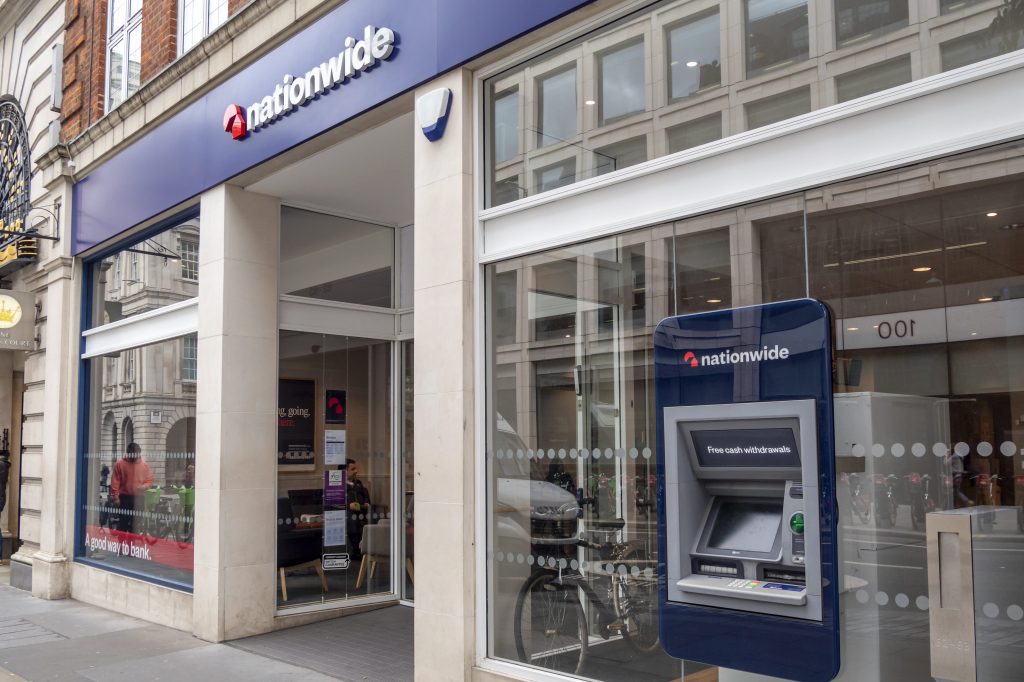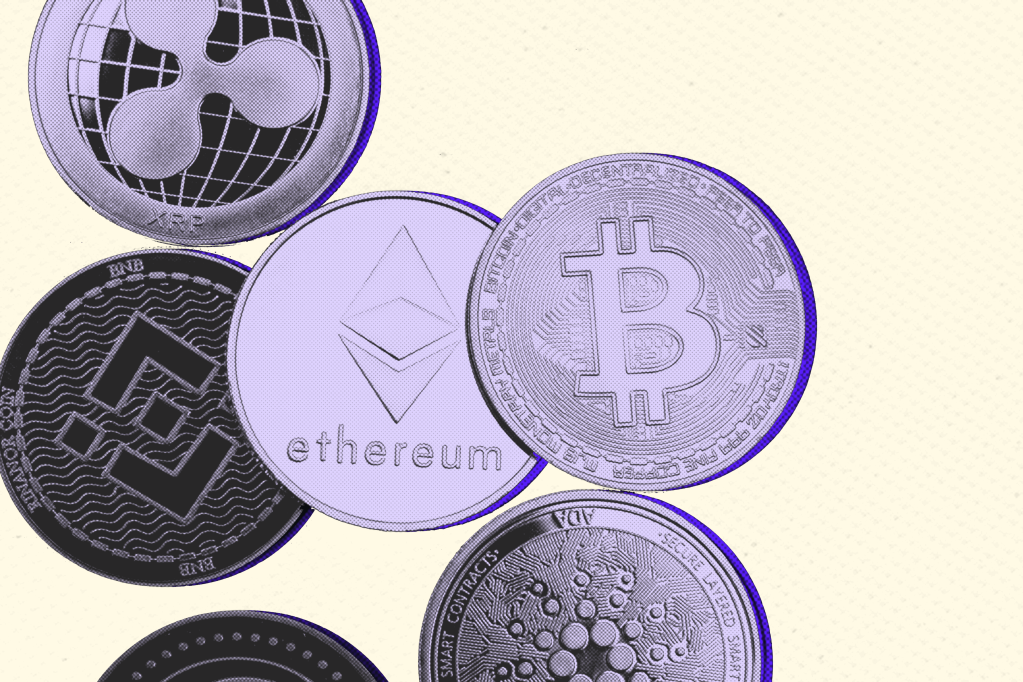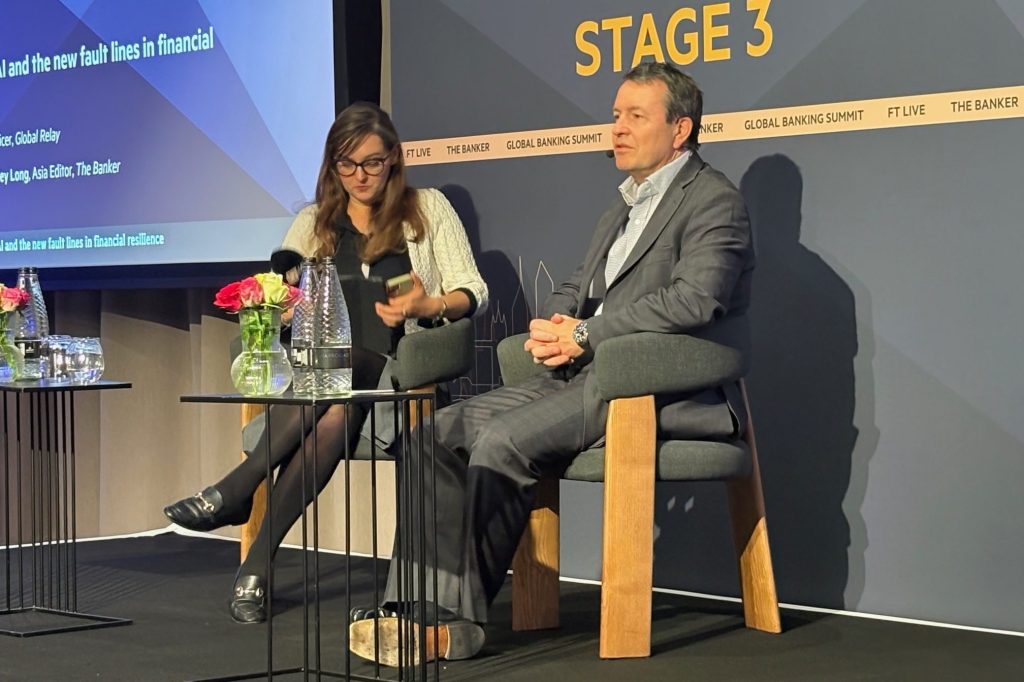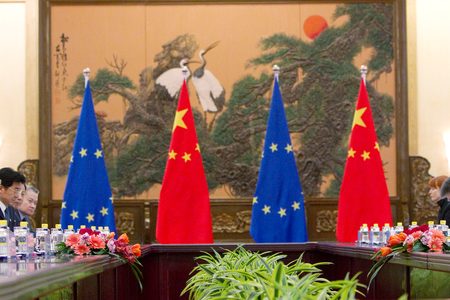Uncertainty has been the only constant in the global trading order during the first half of 2025, with countries and jurisdictions trying hard to negotiate and finalize last-minute deals with the current US administration before deadlines that are, so far, constantly changing.
President Donald Trump has, unapologetically, used tariffs, or the
Register for free to keep reading.
To continue reading this article and unlock full access to GRIP, register now. You’ll enjoy free access to all content until our subscription service launches in early 2026.
- Unlimited access to industry insights
- Stay on top of key rules and regulatory changes with our Rules Navigator
- Ad-free experience with no distractions
- Regular podcasts from trusted external experts
- Fresh compliance and regulatory content every day
















